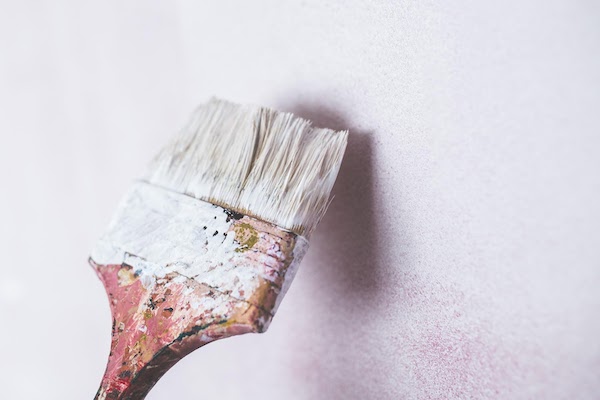Painting is a visual dance of the mind and one of the first techniques of self-expression. It comes before speaking language, making thoughts visible and helping even the youngest children to convey ideas, express feelings, assemble knowledge, and attempt to make sense of their surroundings.
Painting provides voice to the silent, allowing young children to explore, discover, and experiment with what they have painted even before they can attach words or meaning to it.

Painting is a universal self-expression language that transcends time and space. The latest finding of finger fluting on the ceilings of French caves demonstrates that 13,000 years ago, parents held children as young as two aloft to run their fingers along the soft surfaces of cave walls, much like young children finger paint today.
“In art, all mankind is one,” said Rhoda Kellogg, an internationally recognized specialist on children’s art who spent decades collecting, examining, and interpreting over a thousand paintings and drawings created by children all around the world. For more such interesting painting techniques and buying new paints kit you can always approach to this amazing website. Custompaintbynumber.co
Painting is also a rewarding experience that promotes young children’s growth, development, and self-expression while also benefiting their physical, emotional, social, cognitive, and language development.
The process of painting helps children develop a good sense of self. It enables children to develop abilities, discover their artistic tastes and distinct style, and gain confidence and satisfaction in their work. Painting, as a pleasant sensory experience, can provide emotional support as well as a tool for children to process emotional experiences.
Children at Bing often opt to disconnect from their parent or caregiver while painting at the easel, providing them with an opportunity to express and communicate their feelings without the use of words.
To paint effectively, children must use a variety of cognitive skills, including those related to attention and planning as well as decision-making, creative thinking, evaluation, execution, reworking, and persistence.
Color, shape, size, line, texture, and directionality all play an important role in helping students better understand the fundamentals of art. Paint allows children to explore a wide range of concepts and skills such as picture creation and pattern recognition while also teaching them to think critically and symbolically.
For children, painting is an excellent way to exercise their gross and fine motor skills while also improving their eye-hand coordination and sensory integration. A child’s grasp and balance improve as they use long-handled brushes and sweeping arm movements while painting. To be more creative, planning, and execution are all aided by painterly activity in the brain.
It’s possible for children to bond with one another through painting as a shared hobby. Children are frequently influenced by the techniques, colors, lines, forms, and symbols used by their classmates while painting. It is possible to collaborate in many different ways, from exchanging ideas and methods to working side by side at the same easel.